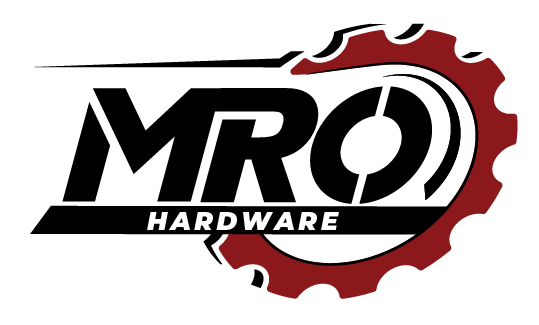Safety helmets are essential for protecting workers in various industries from head injuries caused by falling objects, electrical hazards, or impacts. Different industries have specific safety standards for helmets, ensuring they meet the required levels of protection. These helmets come in various styles, colors, and features, catering to the specific needs of different workplaces.
Industry Standards for Safety Helmets
Safety helmets must adhere to industry standards like ANSI/ISEA Z89.1 in the U.S. and EN 397 in Europe. These standards define the performance requirements for helmets, including impact resistance, electrical insulation, and penetration protection. Helmets are classified into types based on the type of protection they offer:
- Type I: Protects against top impacts (most common in construction).
- Type II: Protects against top and lateral impacts (used in industries like mining and manufacturing).
Types of Safety Helmets
Cap Style Hard Hats
Cap style helmets resemble baseball caps, offering protection from overhead hazards. They are popular in construction due to their simple design and comfort.
Full Brim Hard Hats
Full brim helmets provide additional protection by extending the brim around the entire head, shielding workers from sun, rain, and falling debris. They are commonly used in outdoor settings where environmental factors need consideration.
Color Variations
Safety helmets are available in a variety of colors, with each color often signifying a specific role or level of access on a job site:
- Black: Commonly worn by supervisors or foremen.
- Orange: Used by road crews or heavy equipment operators.
- Green: Often worn by safety inspectors.
- Camo: A popular option in industries with outdoor or rugged work environments.
Additional Features
Sun Shield Hard Hats and Face Shields
Some helmets come with sun shields to protect workers from harmful UV rays, while others feature integrated face shields for additional facial protection in environments that involve sparks, debris, or hazardous materials.
4pt and 6pt Ratchet Suspension
Helmets feature ratchet suspension systems for securing a snug fit. The “4pt” and “6pt” refer to the number of points where the suspension system connects to the helmet. A 6-point suspension system distributes impact more evenly, offering better protection.
Conclusion
Safety helmets are crucial for protecting workers in hazardous environments. With different styles, colors, and features like face shields, ratchet systems, and full brims, helmets are customizable to meet the specific needs of industries like construction, manufacturing, and mining. Meeting industry standards and selecting the right helmet ensures enhanced safety, comfort, and compliance in the workplace.

